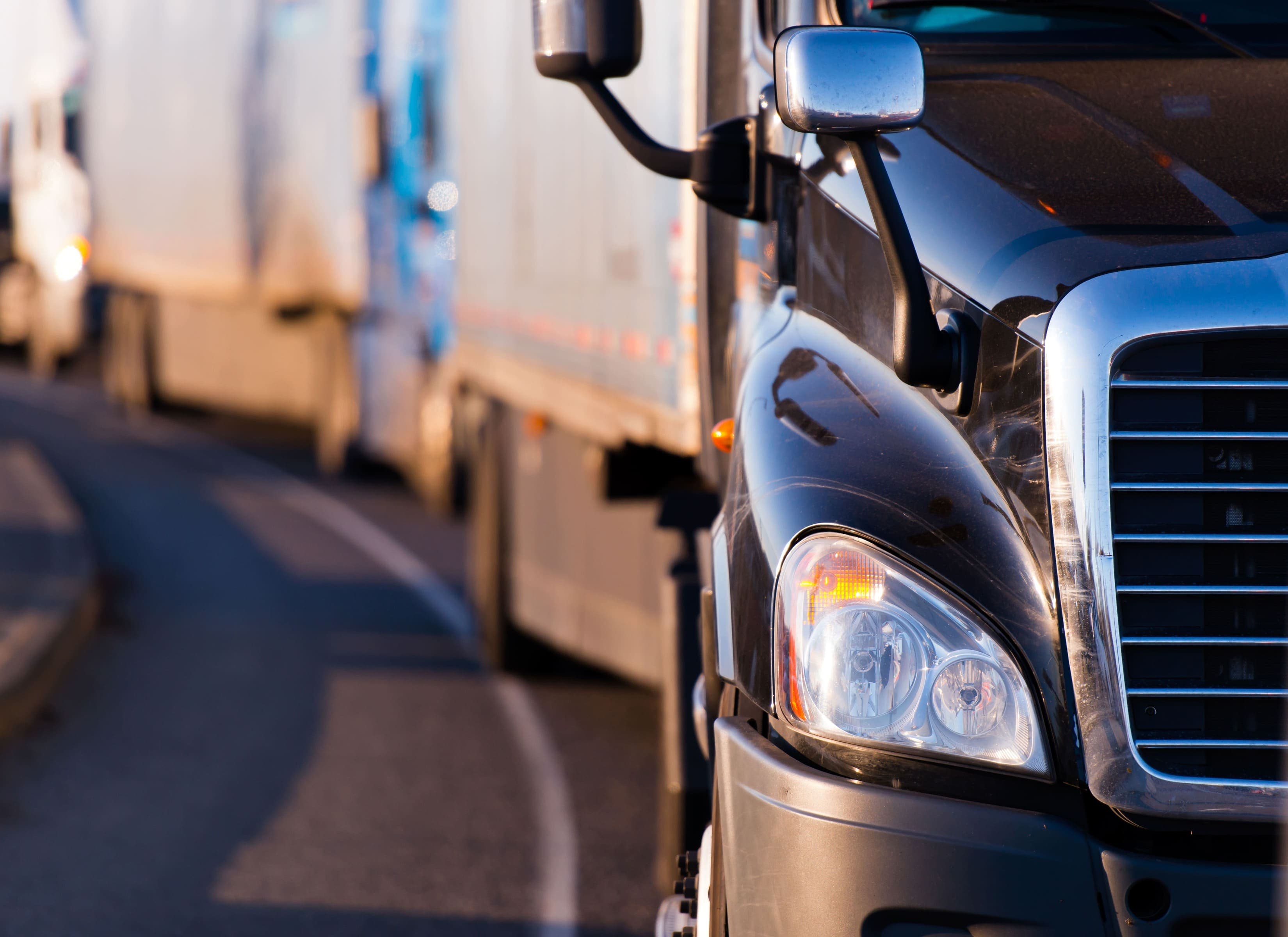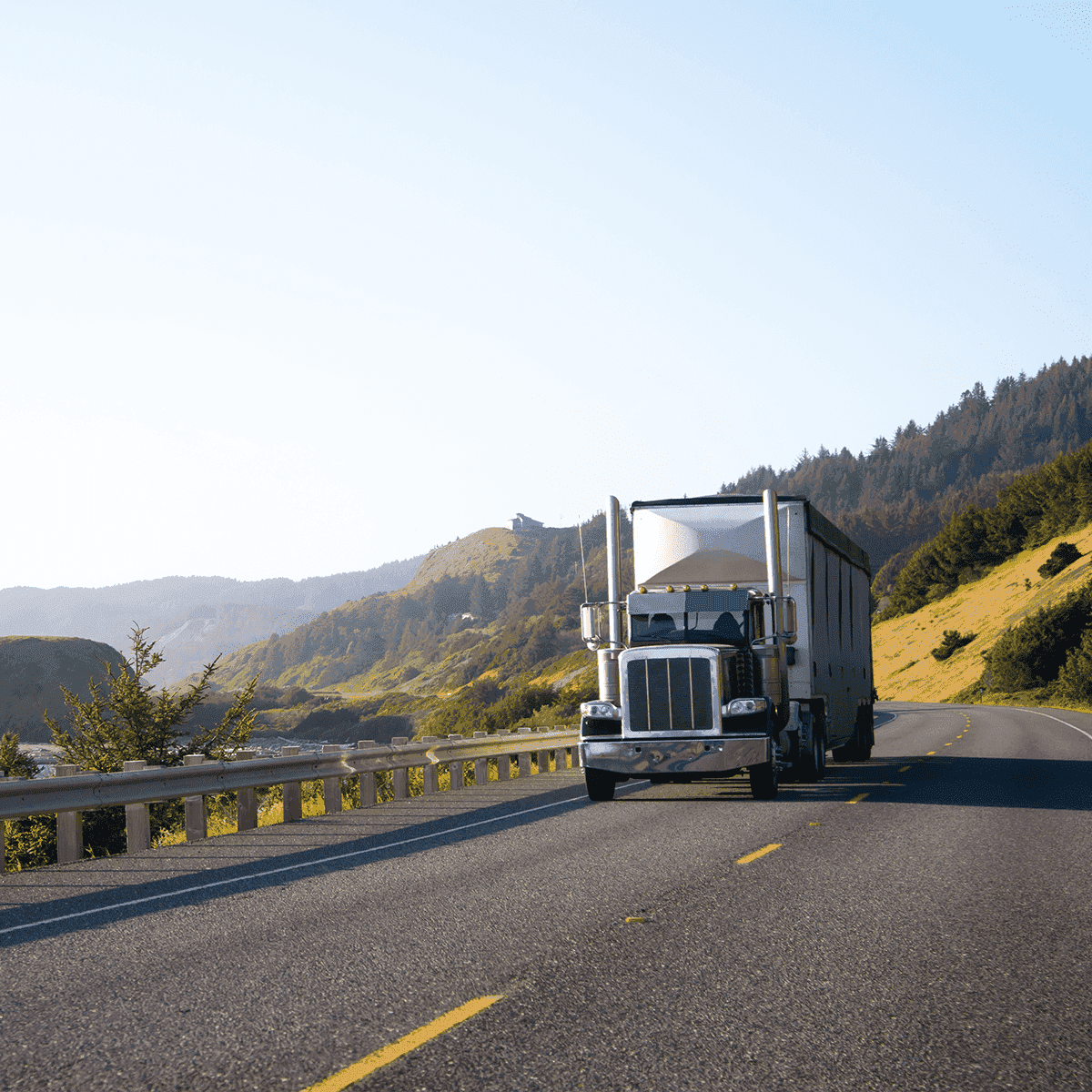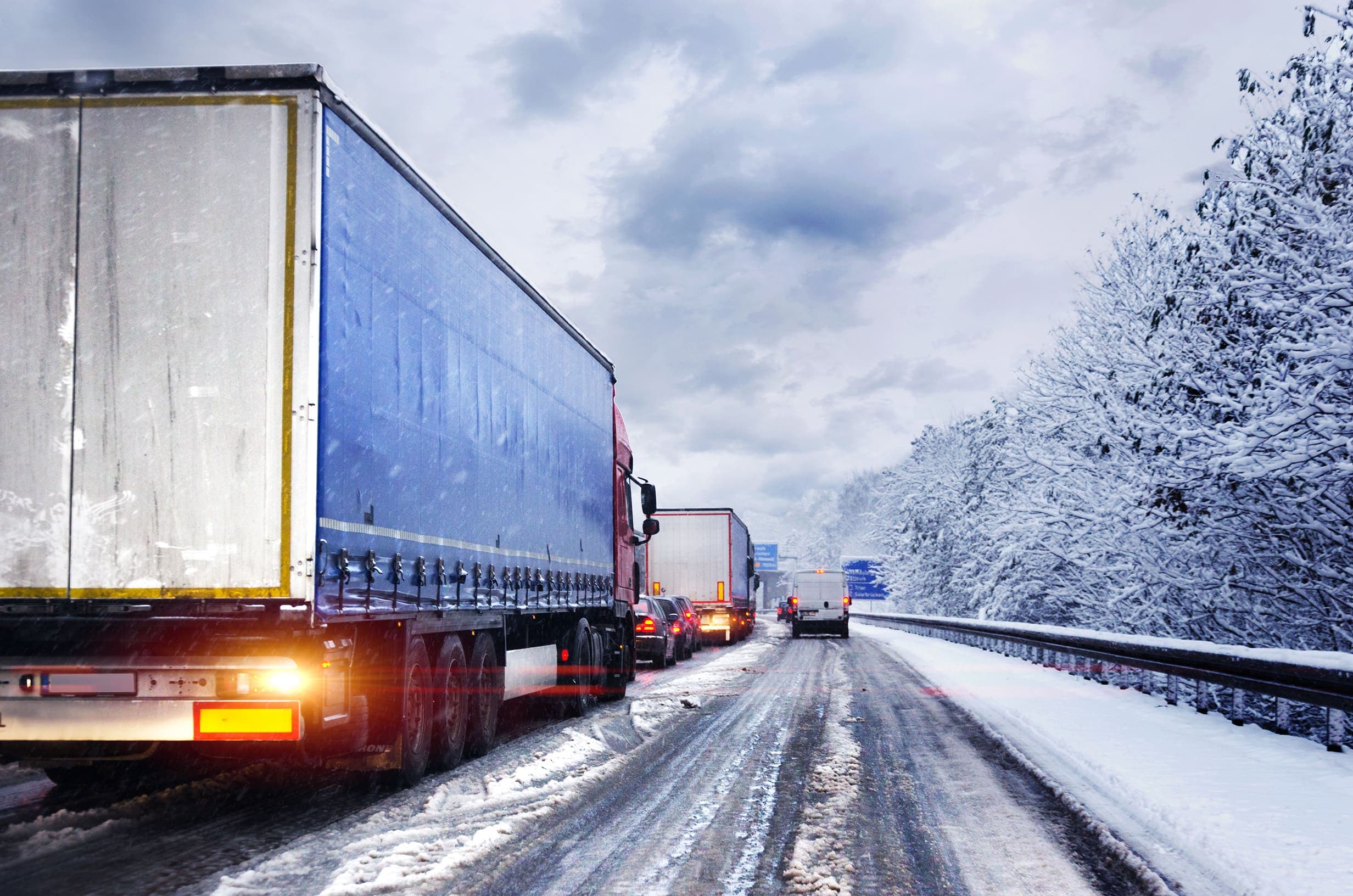How AI in Transportation will Accelerate Strategies in 2026

Trending
Top Posts
Fuel
Why Do Shippers Use The DOE Fuel Surcharge? A History Of The National Fuel Surcharge
5 min read
December 5, 2025
Market Events
How Ukrainian Drone Strikes on Russian Refineries Impact Your Fuel Costs
6 min read
November 20, 2025
Freight
The Definitive Guide on Fuel Management Systems
7 min read
November 11, 2025
5 min read
February 8, 2019

Share:
In recent history, the US has experienced political discord, as parties become more polarized, initiatives ever more radical, and individuals more salient in their political identifications. With this, comes great difficulty passing legislature as the House and the Senate fail to reach consensus, or conversely, legislation tips almost entirely one direction with the majority party of Congress. Despite the current environment where many proposals and bills incite controversy or stall, one issue—national infrastructure—remains at the forefront of both parties’ priorities, at least anecdotally.
Plans to propose a formal infrastructure bill have been discussed for months, beginning with a draft plan released in July 2018. Items in the draft include fuel taxes, possible federal tolling, and efforts to empower state efforts to improve upon local infrastructure. The draft has seen no actionable movement yet, but the transportation industry is anticipating—and hoping—for more tangible plans on the topic by the end of 2019.

As of 2018, the US places tenth in quality of overall transport infrastructure behind other notable world economic leaders like Switzerland, Singapore, Hong Kong SAR, among others in the World Economic Forum’s Global Competitiveness Index. In 2017, the American Society of Civil Engineers (ASCE) gave the US a “D+” on its infrastructure report card, citing transit and roads among some of the most egregious categories in need of attention based on indicators outlined here.
Current infrastructure quality is intricately related to overall economic success. Upward trending GDP and consumer sentiment indicate a robust consumer economy. In turn, this increases demand for supply chain capacity across the board, including truck, marine, and rail. This trend manifested in 2018 with historically high truck orders, bottlenecking at ports, and a 3.4 percent increase in rail freight intermodal traffic, among a host of other indicators.

While growing freight demand and increased shipment activity were evident in all modes, trucking capacity was notably affected. Exacerbated by shorter order cycles, the ever-increasing, on-demand economy mobilized a greater number of trucks to meet shipment requirements, putting pressure on the nation’s over-the-road transportation infrastructure. Traffic congestion—particularly in urban areas—contributed to poor road conditions, increased cost-to-serve, and longer final-mile transit times. These challenges lead to significant inefficiencies that will ultimately rebound back into the economy downstream—and currently cost the country $160 billion annually in lost productivity according to the draft proposal.
The last approved federal infrastructure initiative—the FAST Act in 2015—authorized $305 billion over fiscal years 2016 through 2020 for various infrastructure projects, however this 7 percent increase in funding barely keeps up with expected inflation over that same period.
The ASCE report includes a paper titled Failure to Act: Closing the Infrastructure Investment Gap for America’s Economic Future which states, “The average annual investment gap for surface transportation through 2025 is now expected to increase from $91 billion to $110 billion.”
The differential between the nation’s surface transportation needs and current investment level is but one small piece of the puzzle, yet considered alone requires billions of dollars to surmount. Meanwhile, the total infrastructure (including all subcategories such as water, air, communications, etc.) investment gap tops $1.1 trillion as noted in the same report.
“Although recent funding efforts have been sufficient to avoid the imminent failure of key facilities, continued deterioration leaves a significant and mounting burden on the U.S. economy,” the ASCE states.
In July, Rep. Bill Shuster, chairman of the House Transportation and Infrastructure Committee released a draft plan with a goal of topping $1 trillion in infrastructure investment.
The terms of the draft include raising gas taxes by 15 cents per gallon, and diesel by 20 cents per gallon over three years. Other elements may include federal tolling stations on interstate highways, a Highway Trust Fund Commission to research the nation’s aging highway system, and a dedicated $3 billion over 5 years toward preexisting federal infrastructure programs.
Though the need for infrastructure updates has bipartisan recognition, the exact terms of an approved bill will surely be debated across party lines. While this would significantly affect both shippers’ and carriers’ bottom lines, general sentiment is that what is lost in fuel taxes and freight costs would likely be recouped in efficiency gains and maintenance costs.
A bill of this nature would be a positive step to mend and modernize the nation’s transportation network and increase the US’s global competitiveness. It would also create jobs and geographically connect communities to resources, elevating both quality of life and accessibility to individuals with spacial and socioeconomic limitations.
In terms of transportation, the industry is ready to see change. The American Trucking Association (ATA) formally voices their support for user fees and fuel taxes as primary funding sources, as they recognize the long-term benefits this investment would reap. In the wake of the tight capacity environment in 2018, efforts to increase efficiencies and decrease service costs would greatly benefit shippers trying to keep up with the myriad of other factors driving up production and manufacturing costs.
Much is yet to be decided, and until a formal proposal, we cannot be certain of the effect an infrastructure bill would have on shippers. It can be expected, however, that conversations surrounding infrastructure will remain at the forefront of conversations both in Washington and in strategic discussions for other key stakeholders in the transportation industry throughout 2019.
For more information about how infrastructure affects transportation strategies, contact us.

5 min read
December 5, 2025
The DOE fuel surcharge is an outdated, inaccurate method for fuel reimbursement. Learn why it costs you money and discover a modern, market-based alternative.
Read more
6 min read
November 20, 2025
Understand the impact of Ukrainian drone strikes on Russian refineries. Learn why diesel prices are volatile and how to protect your budget from market shocks.
Read more
7 min read
November 11, 2025
Discover how fuel management systems cut costs, track emissions, and improve reimbursement accuracy for modern freight operations.
Read more